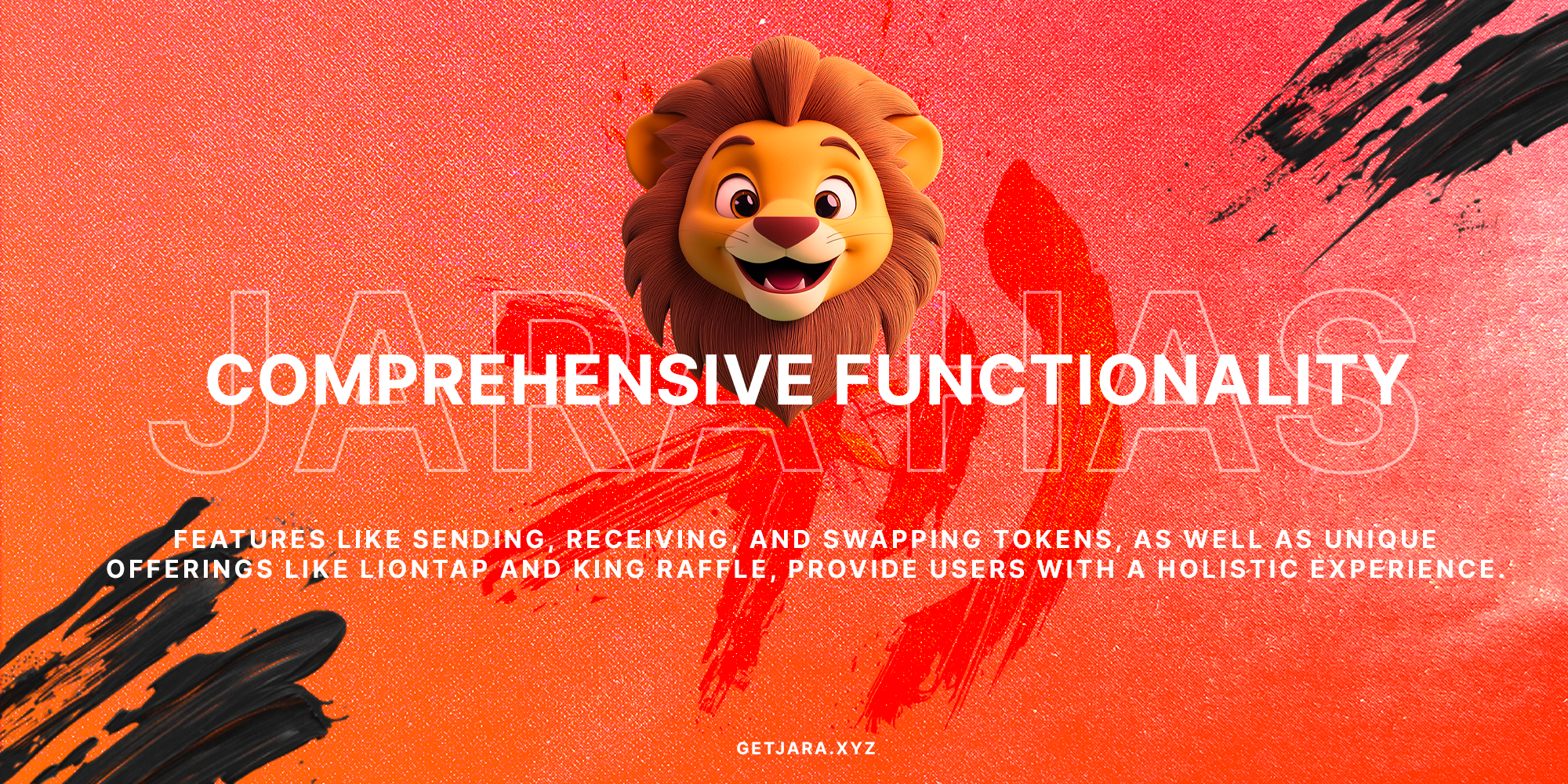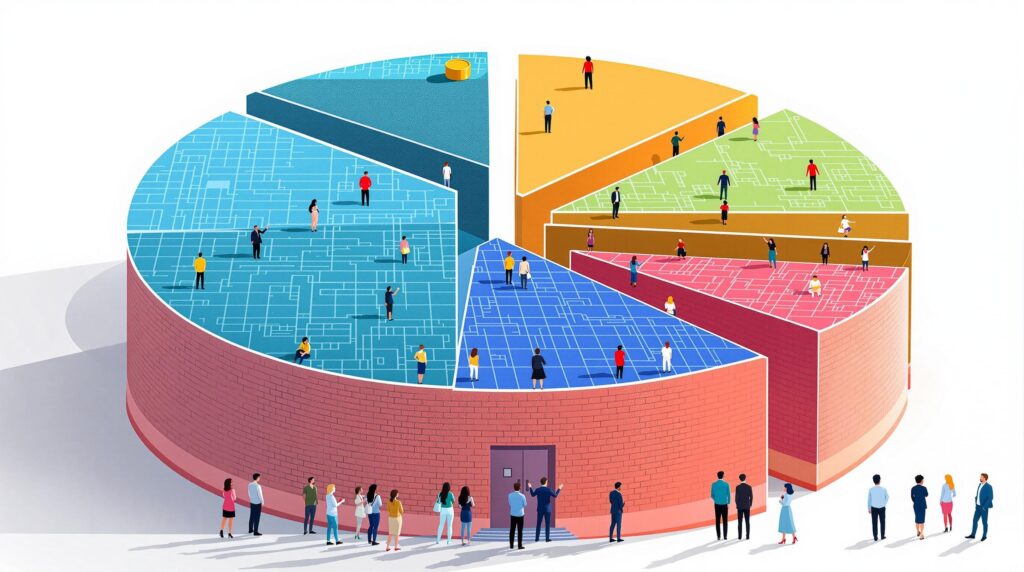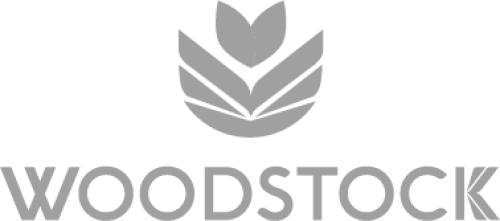Understanding Commodity Tokenization
The financial landscape across Africa is evolving rapidly, and one of the most exciting changes is the tokenization of commodities. But what exactly is commodity tokenization?
Commodity tokenization is the process of converting ownership rights of physical commodities into digital tokens recorded on a blockchain, making them tradable, divisible, and accessible to a wider audience.
This innovative approach transforms traditional physical assets like gold and oil into digital formats that can be easily traded on global platforms. Imagine having the ability to own a fraction of a gold bar without actually handling it. That’s the power of tokenization. It not only democratizes investment opportunities but also introduces a new level of security and efficiency in trading.
Key Benefits of Commodity Tokenization
Commodity tokenization offers several distinct advantages that are reshaping the investment landscape:
- Increased Market Access: Traditionally, investing in commodities required significant financial outlay. With tokenization, investments become more accessible, allowing even small investors to participate in markets previously dominated by large players.
- Improved Liquidity: Tokenized commodities can be traded 24/7, improving liquidity and market responsiveness. This allows investors to quickly respond to market changes.
- Enhanced Security: Tokenization uses blockchain technology to record transactions securely, reducing fraud risk. An immutable ledger ensures transparency and trust among stakeholders.
Tokenization not only broadens market access but also brings enhanced security, which is critical in emerging markets where traditional financial systems may lack robustness.
Challenges Facing Commodity Tokenization
While the advantages are undeniable, there are challenges that must be addressed to ensure the sustainable adoption of commodity tokenization:
- Regulatory Uncertainties: Many regions, including parts of Africa, are still developing regulatory frameworks for digital assets. This creates uncertainties that can hinder adoption.
- Technological Barriers: Infrastructure needs to support blockchain technology is still evolving, and not all markets have the necessary digital infrastructure in place.
Overcoming these challenges will require collaboration between regulators, tech firms, and financial institutions to build a strong framework for the future of tokenization.
The Role of Jara in Africa’s Tokenization Revolution
Africa is positioned at the forefront of this digital revolution with Jara leading the charge in bridging global capital to African assets. With the $JARA token and its comprehensive ecosystem, Jara is transforming how investments are approached on the continent.
“Jara is the pivotal bridge linking global capital to the diverse opportunities within Africa’s digital asset economy.”
The roadmap ahead for commodity tokenization looks promising, as transformative ventures like Jara’s $6 billion Lagos airport tokenization project showcase the potential scale and impact of these initiatives.
In conclusion, as blockchain technology continues to mature and regulatory bodies streamline processes, the adoption of tokenized commodities is poised to expand significantly. For those interested in being part of this evolving landscape, platforms like Jara offer a glimpse into a future where digital and physical assets seamlessly converge.
Transforming Commodities into Digital Assets
Imagine owning a slice of a gold bar or a share in an oil reserve without ever touching them. Sounds futuristic, right? Welcome to the world of commodity tokenization, where physical goods like gold, oil, and agricultural resources are transformed into tradable digital tokens through the power of blockchain technology. This advancement isn’t just theoretical; it’s reshaping how we interact with tangible assets.
“Tokenization bridges the gap between physical assets and digital markets, democratizing access and improving global liquidity.”
The Process of Tokenizing Commodities
So, how does the magic of tokenization occur? Here’s a simplified process:
- Selection of Commodity: Start by choosing a physical asset such as gold, oil, or crops.
- Evaluation and Verification: This asset undergoes appraisal and quality verification.
- Digitization: The asset is converted into digital tokens representing fractions of the commodity.
- Blockchain Integration: These tokens are then recorded on a blockchain, ensuring transparency and security.
- Public Trading: Finally, these tokens are available for trading on blockchain platforms globally.
Key Advantages of Commodity Tokenization
- Enhanced Accessibility: Tokenization lowers the entry barrier for investors who want to participate in markets previously dominated by large stakeholders.
- Increased Liquidity: By allowing fractional ownership, tokenization injects liquidity into the traditional commodities market.
- Security and Transparency: Blockchain technology provides a secure and verifiable record of ownership, minimizing fraud risks.
“By decentralizing asset ownership, tokenization paves the way for a more inclusive and efficient investment landscape.”
Challenges in the Tokenization Arena
As promising as tokenization is, it doesn’t come without hurdles. Navigating the regulatory landscape is one of the primary challenges faced by tokenized assets. Here’s what tokenization must overcome:
- Regulatory Uncertainty: Diverse regulatory standards across countries can complicate tokenization efforts.
- Technological Infrastructure: A robust and scalable infrastructure is crucial to support the growing demand for tokenized assets.
- Market Adoption: Ensuring the broader market’s acceptance and understanding of digital tokens remains a significant challenge.
Real-World Applications and Impact
Tokenization isn’t confined to the realm of theory. It’s having real-world impacts across various sectors, notably in finance, agriculture, and energy:
- Financial Inclusion: Diverse investors can now access opportunities in commodities like never before, democratizing asset ownership.
- Enhanced Supply Chain Transparency: Tokenization can improve traceability and accountability within supply chains, especially in agriculture.
- Energy Sector Advancements: Fossil fuels and renewable resources alike can be tokenized, opening doors for broader participation.
“Tokenization can make assets like cocoa farms or oil reserves in Africa accessible to global investors, revolutionizing traditional investment models.”
The Road Ahead for Tokenized Commodities
The future of tokenized commodities is bright, brimming with potential for global market transformation. As blockchain technology and regulatory frameworks advance, we anticipate a surge in the adoption of tokenized assets. Here’s what we can expect:
- Technological Integration: Expect greater technological advances that streamline token transactions, making them more appealing to traditional investors.
- Regulatory Clarity: Continued development of regulatory frameworks will enhance investor confidence in tokenized markets.
- Market Accessibility: Tokenization will further democratize access to assets, offering more investment options across different economic strata.
Conclusion: A New Era for Commodity Investment
As commodities continue to transition from physical to digital, the investment landscape will become more inclusive and far-reaching. Tokenization offers unprecedented opportunities for broadening participation in the commodities market, both locally and globally. With security, transparency, and accessibility at its core, this innovative approach is set to redefine how we invest in and perceive tangible assets.
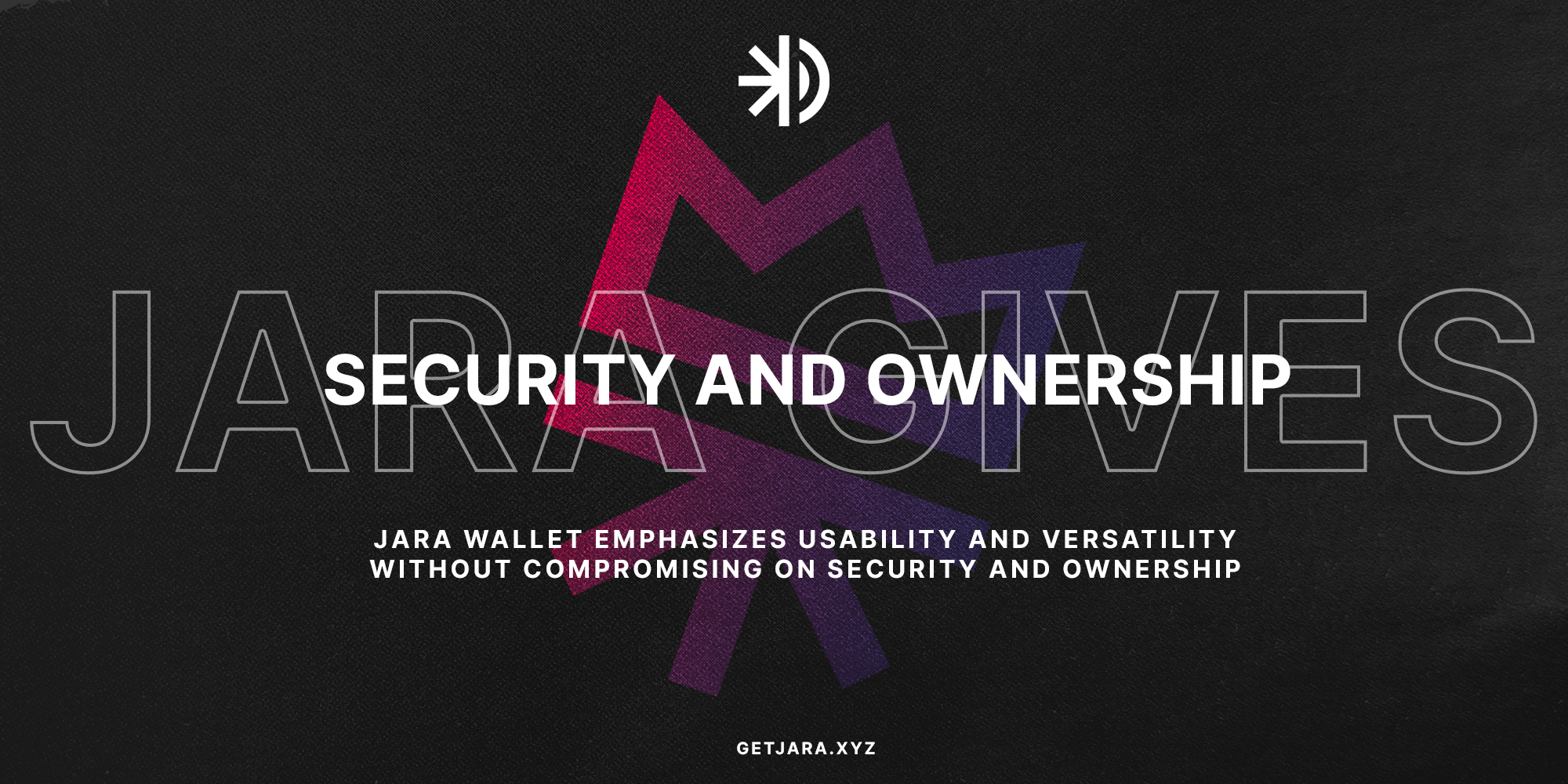
Understanding the Legal Process for Personal Injury Claims
If you’ve been in an accident and suffered injuries, understanding the legal process for personal injury claims can seem daunting. But don’t worry, we’re here to break it down for you. Do you know what steps to take when filing a claim?
“Filing a personal injury claim involves a series of crucial steps that need careful consideration and experienced guidance.”
Establishing Negligence and Liability
The cornerstone of any personal injury claim is establishing negligence. But what exactly is negligence? In legal terms, it’s the failure to exercise reasonable care, resulting in harm or damage. You need to prove that the other party was responsible for your injuries. Here’s how the process usually unfolds:
- The Duty of Care: The defendant must owe a duty of care to the plaintiff. For example, drivers owe a duty to others on the road to drive safely.
- Breaching the Duty: You must show that the defendant breached this duty by acting (or failing to act) in a manner that a reasonable person would not.
- Causation: It’s essential to demonstrate that the breach directly caused your injuries.
- Damages: The final step is to show that these injuries resulted in compensable damages, such as medical expenses or lost wages.
Gathering Critical Evidence
Evidence is your best friend in a personal injury claim. It supports your narrative and strengthens your case. But, where does one start?
Types of Evidence
It involves collecting a variety of documents and witness statements. Here’s what you might need:
- Medical Records: These documents provide proof of your injuries and the treatment you received.
- Witness Statements: Eyewitness accounts can offer versions of the events that support your claim.
- Photos and Videos: Visual evidence from the accident scene or your injuries can be compelling.
- Accident Reports: Official reports from police or other authorities detailing the incident.
“Having well-documented evidence can significantly bolster your personal injury claim and improve your chances of a favorable outcome.”
The Importance of Hiring a Personal Injury Lawyer
Why consider hiring a lawyer? Personal injury law can be complex and taxing. An experienced attorney can navigate the intricacies for you.
Factors to Consider
- Experience: Look for lawyers who specialize in personal injury cases. Their experience can be invaluable.
- Reputation: Check reviews, testimonials, and past success stories to gauge their expertise.
- Communication: Ensure the lawyer keeps you informed and is responsive to your inquiries.
Remember, many personal injury lawyers operate on a contingency fee basis. This means you won’t need to pay unless you win the case.
Negotiating Settlements: What You Need to Know
Most personal injury cases are settled out of court. Navigating these waters requires skill and strategic thinking. So, how do you negotiate the best settlement?
- Initial Offers: Be wary of the first offer, as it’s often not the best. Consider it a starting point for negotiations.
- Documentation: Support your claim with strong evidence to improve your negotiation stance.
- Patience: Settlement discussions can be lengthy, so patience is critical.
“Settling a personal injury claim can provide faster compensation compared to a lengthy trial, but it requires careful negotiation strategies.”
Understanding Damages and Compensation
The goal of compensation in personal injury cases is to make the victim whole again. But what kinds of damages might you be entitled to? Let’s dive into it.
Types of Compensation
- Medical Expenses: Covers costs for medical treatments, rehabilitation, and any future care needed.
- Lost Wages: Compensation for income lost due to the inability to work.
- Pain and Suffering: Addresses mental and emotional distress as well as physical discomfort.
- Loss of Consortium: Compensation for the impact on family relationships, like loss of companionship.
Familiarity with these types of compensation can empower you to seek fair damages for your suffering.
Frequently Asked Questions about Personal Injury Cases
It’s natural to have questions when you’re dealing with a personal injury situation. Let’s tackle some of the most common queries.
What should I do immediately after an accident?
First, seek medical attention even if the injury seems minor. Document the scene with photos if possible, and exchange information with witnesses.
How long do I have to file a claim?
The statute of limitations varies by state, but generally, it’s advisable to act swiftly to preserve your legal rights.
Can I afford a personal injury lawyer?
Most work on a contingency fee basis, which means they don’t get paid unless you win your case. This structure makes legal support more accessible.
“Our dedicated team of attorneys is your steadfast partner in pursuing the justice and compensation you deserve.”
Conclusion: Navigating Personal Injury Law
While personal injury law can be complex, understanding the basics enables you to seek the justice and compensation you deserve. From establishing negligence to negotiating settlements, every step is pivotal in your journey toward recovery. With expert guidance, you can navigate these waters confidently.
The Future of Tokenized Commodities
As we look ahead, the future of tokenized commodities appears promising, driven by technological advancements and the gradual establishment of regulatory frameworks. The potential of commodity tokenization to revolutionize the global economy is vast, offering more inclusive and efficient markets.
The evolution of blockchain and regulatory frameworks paves the way for tokenized commodities to become a cornerstone of modern economies, promoting financial inclusivity and transparency.
Technological Innovations and Their Impact
Emerging technologies such as artificial intelligence and smart contracts are playing a crucial role in enhancing the efficiency and security of tokenized commodities. These advancements ensure that transactions are executed smoothly and reliably.
- AI Integration: AI aids in real-time data analysis, helping in efficient decision-making and trading strategies.
- Smart Contracts: These self-executing contracts automate and enforce agreements, minimizing the need for intermediaries.
Regulatory Developments
Although regulatory challenges persist, there is a growing effort globally to create a supportive environment for the tokenization of commodities. As legal frameworks mature, these assets will become more accepted and trusted by investors.
- Compliance Efforts: Establishing standardized regulations to safeguard market integrity and consumer protection.
- Cross-Border Cooperation: International collaboration to address cross-jurisdictional trade issues.
Regulatory clarity not only boosts investor confidence but also catalyzes the growth of tokenized commodities by ensuring a safe and transparent market environment.
Strategic Opportunities in Tokenization
Businesses and investors have significant opportunities to explore in the tokenization space. As demand for more accessible investment opportunities grows, tokenized commodities are perfectly poised to meet this need.
Expanding Beyond Traditional Markets
The ability to fractionalize ownership means even everyday investors can now participate in markets typically reserved for large entities. This democratization broadens the potential pool of investors, enhancing liquidity and market activity.
- Diversification: A wider range of commodities can be tokenized, from metals to agriculture.
- Global Reach: Digital tokens allow for 24/7 trading worldwide, overcoming geographical barriers.
Potential Partnerships and Collaborations
Collaborating with tech firms and financial institutions can accelerate growth in the tokenization sector. These partnerships can lead to innovative solutions and the development of robust infrastructures.
- Tech Synergies: Integrating blockchain with existing technologies to optimize performance.
- Financial Alliances: Forming alliances with financial entities to enhance trust and reach.
Strategic partnerships will play a pivotal role in maximizing the potential of tokenized commodities, fostering innovation, and building trust within global markets.
Challenges and Considerations for Future Growth
While the prospects of tokenized commodities are bright, there are still hurdles to overcome. Addressing these challenges is crucial for the sustainable growth and acceptance of this new form of investment.
Technological Barriers
Implementing a scalable and secure infrastructure is essential. This requires investment in technology and continuous development to ensure that platforms remain reliable and secure.
- Scalability Issues: Ensuring the infrastructure can handle increased demand efficiently.
- Security Concerns: Developing robust measures to protect against cyber threats.
Regulatory Hurdles
Developing comprehensive regulatory frameworks that accommodate the unique aspects of tokenization is necessary. Laws must evolve to provide clarity and protect investors while encouraging innovation.
- Legal Recognition: Securing legal recognition for digital transactions and assets.
- Standardization: Creating global standards to facilitate cross-border transactions.
Despite the challenges, overcoming these barriers with innovative solutions and strategic regulatory approaches will unlock the full potential of tokenized commodities.
Conclusion: Embracing a New Era of Investment
The journey towards a global economy enriched by tokenized commodities is underway. This innovative approach not only redefines asset ownership but also offers unprecedented opportunities for inclusivity and efficiency in investment.
As stakeholders collaborate and technology continues to evolve, the potential for tokenization to revolutionize the finance world grows exponentially. Embracing this transformation means stepping into a future where investment is more democratic, secure, and transparent than ever before.
Tokenized commodities are not just a fleeting trend—they represent the dawn of a new era in investment, bridging traditional assets with digital innovation.
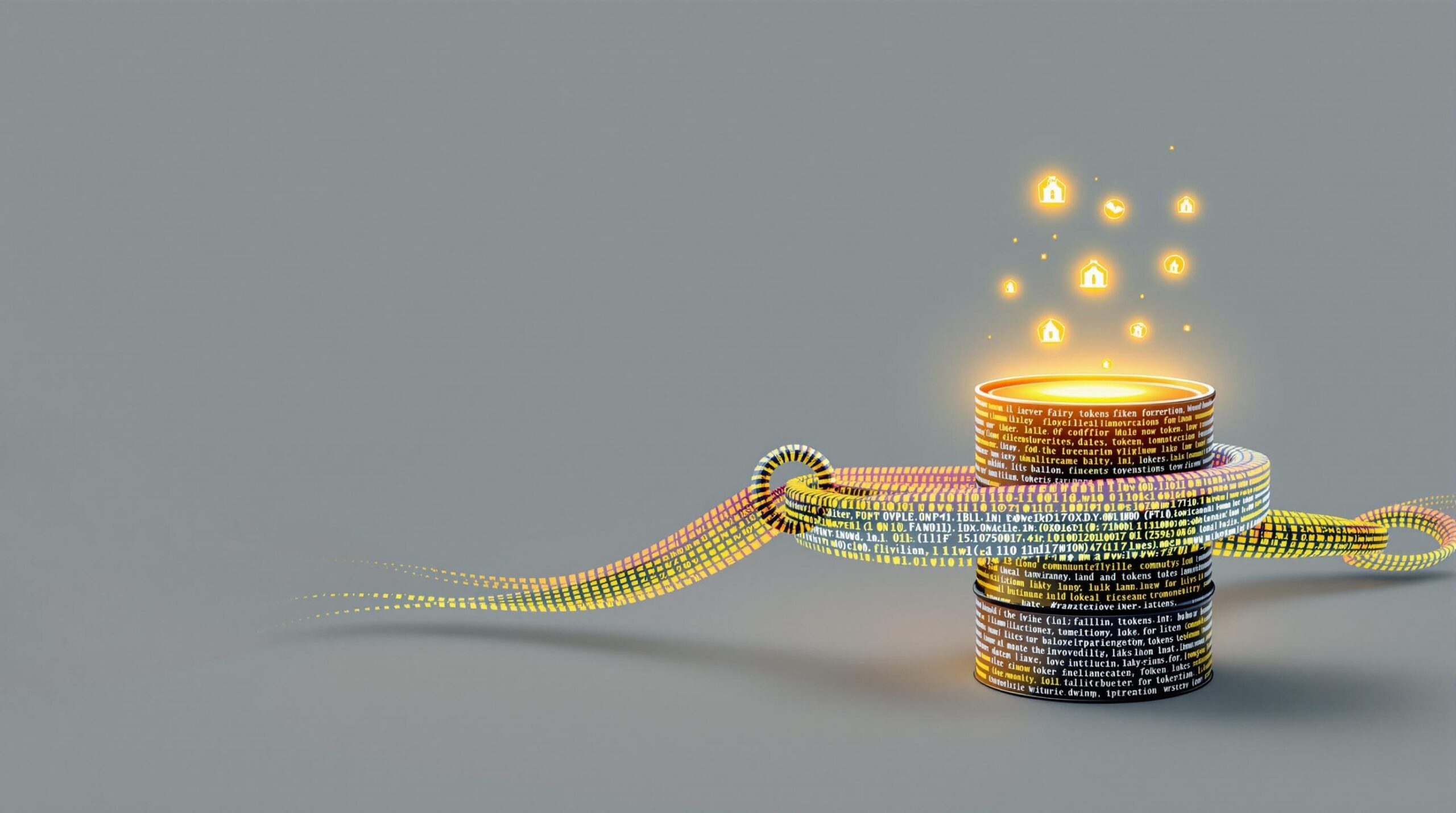
What is commodity tokenization?
Commodity tokenization is a transformative process where physical commodities like gold, oil, or other hard assets are converted into digital tokens on a blockchain. This process increases liquidity, democratizes access, and enhances the security of trading such assets.
How does commodity tokenization improve market access?
Commodity tokenization improves market access by breaking down traditional barriers to entry. Through fractional ownership, investors can purchase smaller shares of commodities, which allows more individuals to participate in markets that were previously limited to wealthy investors.
- Fractional Ownership: Allows anyone to own a part of a commodity with limited capital.
- Global Reach: Provides access to international investors without geographical limitations.
What challenges does commodity tokenization face?
Despite its potential, commodity tokenization faces several challenges. These include regulatory uncertainties, technological hurdles, and the need for robust security protocols to protect digital assets. Navigating these issues requires ongoing collaboration between industry players and regulatory bodies.
How is the future of commodity tokenization looking?
The future of commodity tokenization appears promising as more advancements in blockchain technology occur and regulatory frameworks evolve. The mainstream acceptance of tokenized commodities is likely to provide new investment opportunities and increase overall market efficiency.
Looking ahead, the tokenization of real-world assets promises to redefine investing landscapes, fostering innovation and inclusivity.
Related Articles:
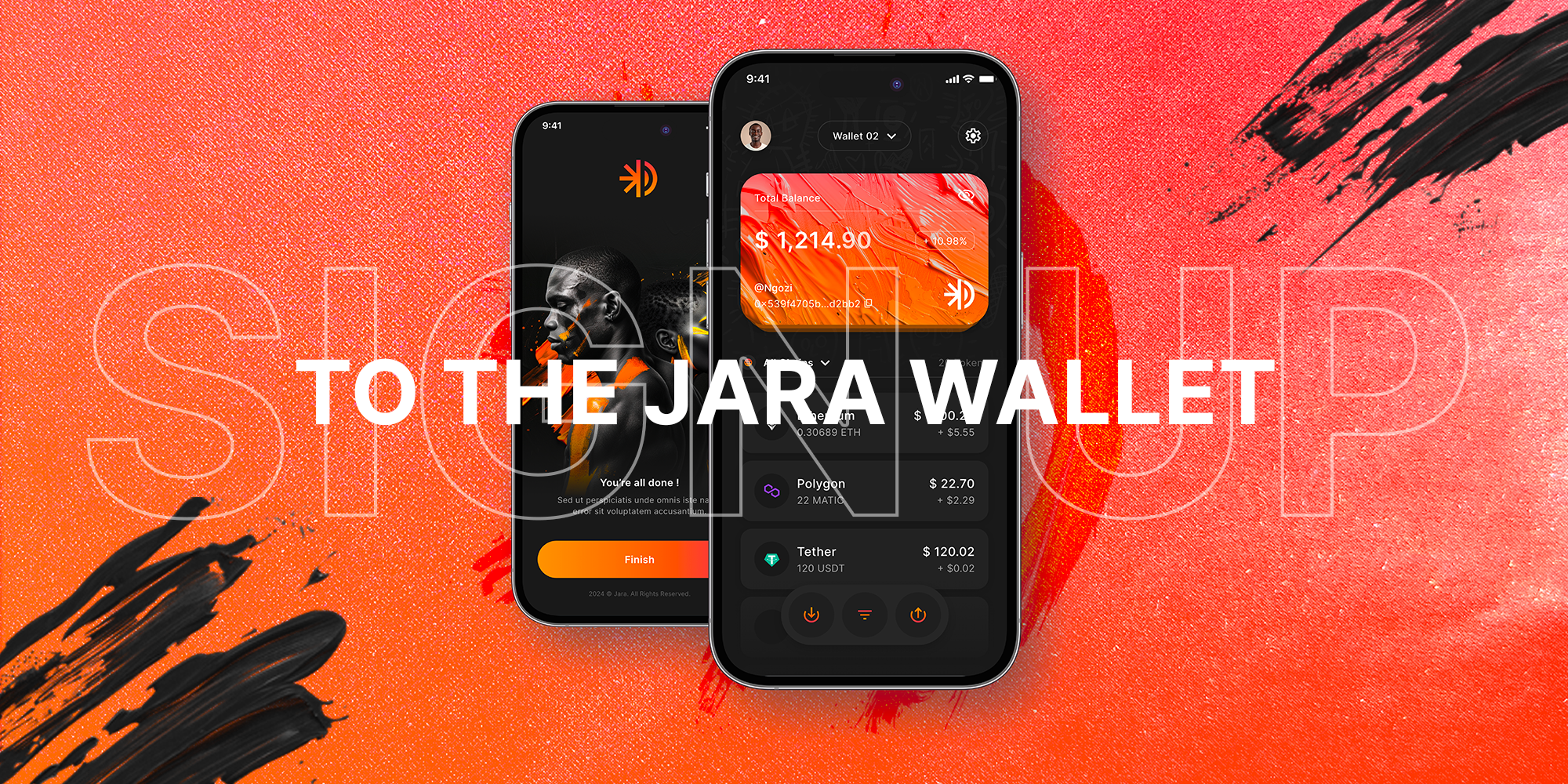
Related Pages
Explore these articles to further understand how commodities and real-world assets are moving on-chain through tokenization:
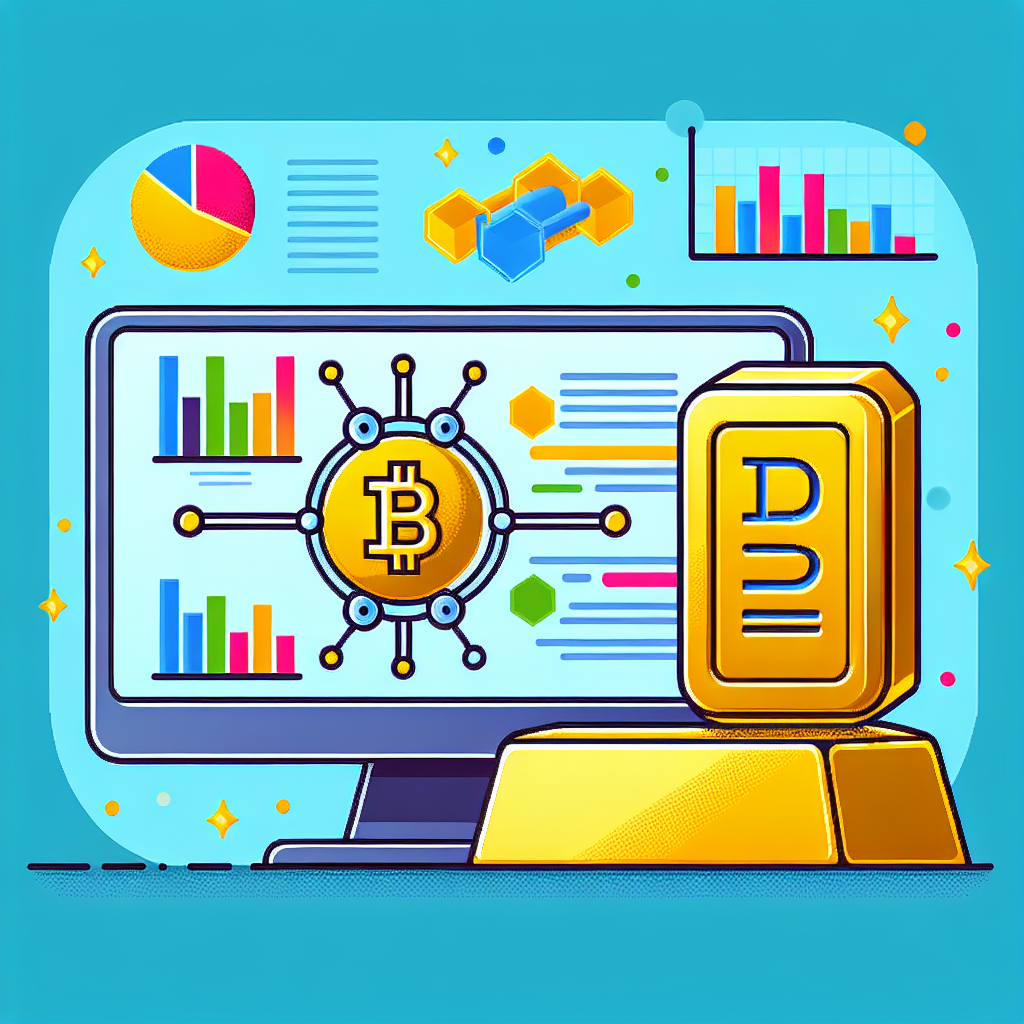
Unleash the Power of Tokenization with Jara Wallet
Are you ready to explore how commodities are transforming through tokenization right on your smartphone? Download the Jara Wallet App now to begin your journey into the tokenized world of real-world assets. With Jara, you can bridge global capital directly to vibrant African markets, making complex transactions as simple as a tap on your phone.
“Empower your financial journey – experience a seamless integration of assets into the digital realm with Jara.”
- Explore Tokenization: Discover how traditional commodities are moving on-chain for enhanced accessibility and liquidity.
- Stay Informed: Follow us on social media to keep up with the latest updates, features, and innovations in the world of crypto and tokenization.
Join the revolution in asset management and be part of the digital transformation. Download the Jara Wallet App today on Google Play or App Store, and don’t forget to connect with us on social platforms to get real-time insights.
Your journey to smarter financial management begins with just one download. Let’s embrace the future, together.
Understanding Personal Injury Claims
When you’ve been in an accident, determining the next steps can feel overwhelming. Personal injury claims are designed to help you recover damages from the responsible party. But how do you know if you have a case?
“Your Voice, Our Mission” – We champion your rights with the tenacity and dedication that has earned us the trust of our community members.
Types of Personal Injury Cases
There are several types of personal injury cases. Each requires a unique legal approach. Below, we highlight common types and what they entail:
- Car Accidents: Involves collisions where another driver’s negligence caused harm.
- Slip and Fall: Occurs when unsafe conditions on someone else’s property result in injury.
- Medical Malpractice: Arises when healthcare professionals cause harm through negligence.
- Workplace Injuries: Happens when negligence at a workplace results in employee injury.
The Personal Injury Claim Process
Understanding the process can help ease some of the stress involved. Here’s a snapshot of what to expect:
- Initial Consultation: Discuss your case with a qualified attorney to evaluate potential claims.
- Investigation: Gather evidence, including medical records, police reports, and witness statements.
- File a Claim: Submit your claim to the responsible party’s insurance company.
- Negotiations: Engage in settlement discussions with the insurance company.
- Litigation: If a fair settlement is not reached, your attorney may take the case to court.
Why You Need a Personal Injury Lawyer
While it’s possible to handle a claim on your own, having a lawyer can significantly increase the chances of a successful outcome. Here are some reasons:
- Expertise: Attorneys have the experience necessary to navigate complex legal processes.
- Negotiation Skills: Lawyers are skilled negotiators who can secure favorable settlements.
- Peace of Mind: With a lawyer handling the details, you can focus on recovery.
Our dedication means you don’t have to walk the legal path alone. We’re here every step of the way.
Frequently Asked Questions
Here are some common questions individuals have about personal injury claims:
| Question | Answer |
|---|---|
| How long do I have to file a claim? | Each state has its own statute of limitations, often ranging from 1 to 3 years. |
| What should I bring to my initial consultation? | Gather all related documents, including medical records, accident reports, and any correspondence with insurance companies. |
| What if I’m partially at fault for the accident? | Depending on your state’s laws, you might still recover damages proportionate to the other party’s degree of fault. |
